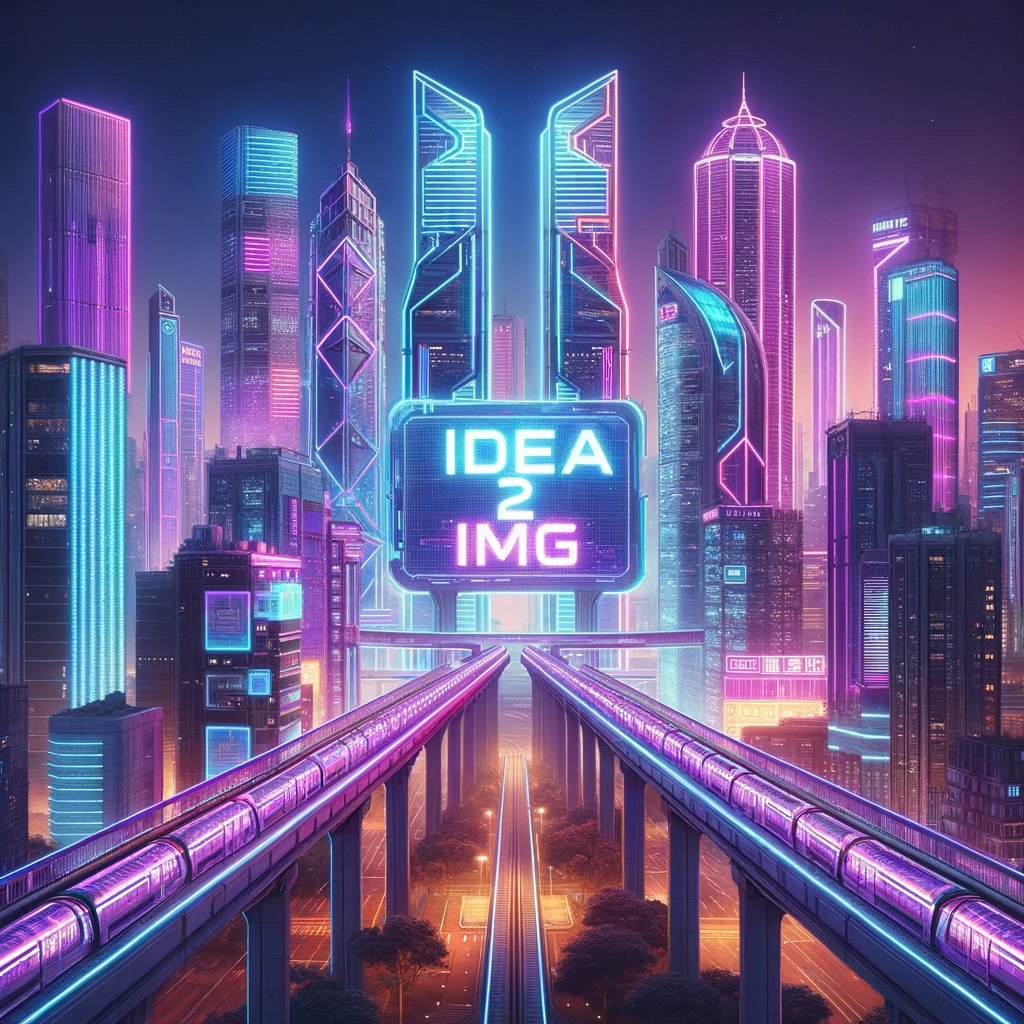Recent advances in artificial intelligence have led to exciting innovations like Idea2Img – a new system from Microsoft that represents a major milestone in text-to-image generation technology.
The iterative self-refinement process inherent in Idea2Img allows for an enhanced image design and generation, making it a superior tool compared to previous T2I models. This process is facilitated by a multimodal framework, GPT-4V(ision), which acts in various roles to refine the image creation. Specifically, it generates and revises text prompts, selects the most promising draft images, and provides feedback for further refinement, much akin to human iterative refinement when dealing with unknown models or environments.
Developed using large multimodal machine learning models, Idea2Img can transform text descriptions into detailed corresponding images. The system takes a 3-step approach:
- Prompt Refinement: The initial text prompt is enhanced with more context to give the AI more to work with.
- Draft Image Generation: Idea2Img creates multiple draft images based on the refined text prompt, selecting the one that best matches the request.
- Feedback Analysis: By reviewing user feedback on the initial images, Idea2Img can iterate and improve its image creation abilities over time.
Through this process, Idea2Img generates images that are not only visually realistic but also closely match the descriptive text provided. In tests, it demonstrated a new level of control and coherence compared to previous text-to-image systems.
Early user studies found that Idea2Img excelled at accurately interpreting text prompts and turning them into semantically relevant images. It also showed aptitude for following instructions on image styles, compositions, and other attributes, making it a highly effective tool for image design and generation tasks.

Looking forward, this technology points to a future where AI like Idea2Img and humans can collaborate in creative workflows ranging from graphic design to marketing. For graphic designers, Idea2Img could rapidly generate initial draft images to fit a desired concept, which designers could then refine and perfect. In marketing, the system could help teams quickly visualize campaign ideas and concepts instead of manually creating images or hiring designers. As the algorithms continue to be refined, Idea2Img has the potential to enhance human imagination rather than replace it, relieving humans from the tedious process of converting abstract ideas to concrete images. With its ability to interpret text and adjust images accordingly, it can act as an “idea sketchpad” to boost productivity. While the system still requires oversight and input, it demonstrates how AI could work synergistically with human creators, combining the best of human creativity and machine speed/precision. This collaborative balance will be key as researchers continue to push boundaries in this domain.
While there is still room for improvement, Idea2Img highlights impressive strides in text-to-image generation. It provides a glimpse into a tomorrow where AI and human creativity seamlessly intertwine, opening new frontiers of innovation. The journey to that future promises to be an exciting ride as researchers continue to push boundaries in this domain.
In summary, by combining iterative feedback with multimodal learning, Idea2Img achieves new heights in text-to-image capabilities. While improvements remain, it represents a milestone that illuminates a path toward AI as a partner in creation rather than competition.
Sources:
https://idea2img.github.io/
https://www.arxiv-vanity.com/papers/2310.08541/


